Class of 2016: The best ultraportables
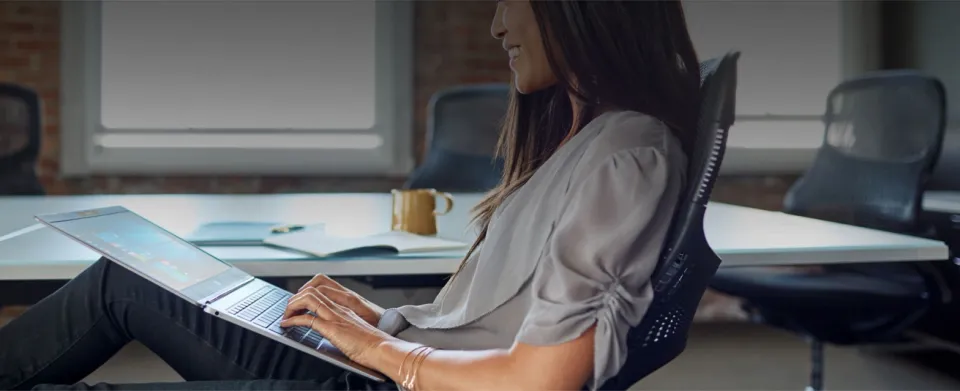
There has never been a better time to buy an ultraportable computer. PC makers may face falling sales, but they haven’t stopped building great laptops.
For years the laptop market was stagnant, with lacklustre me-too designs and unappetising performance. That’s changed.
The challenge from phones and tablets has spurred a new wave of innovation. In some cases, laptop makers pulled technologies from phones and used them to build better laptops.
We’re seeing a laptop renaissance. Here are six of 2016’s best choices. Four are traditional laptops, albeit slimmed down and stripped back for mobile productivity. One is a hybrid, the other is a tablet moonlighting as a hybrid.
You can find fuller reviews of all the models mentioned here elsewhere on this site. They are expensive but remember this is a round-up of today’s best models.
The list is not in any particular order. Each one is worth considering. We’d be happy to live with any one of these computers, they are all worthy of your attention.
HP Spectre
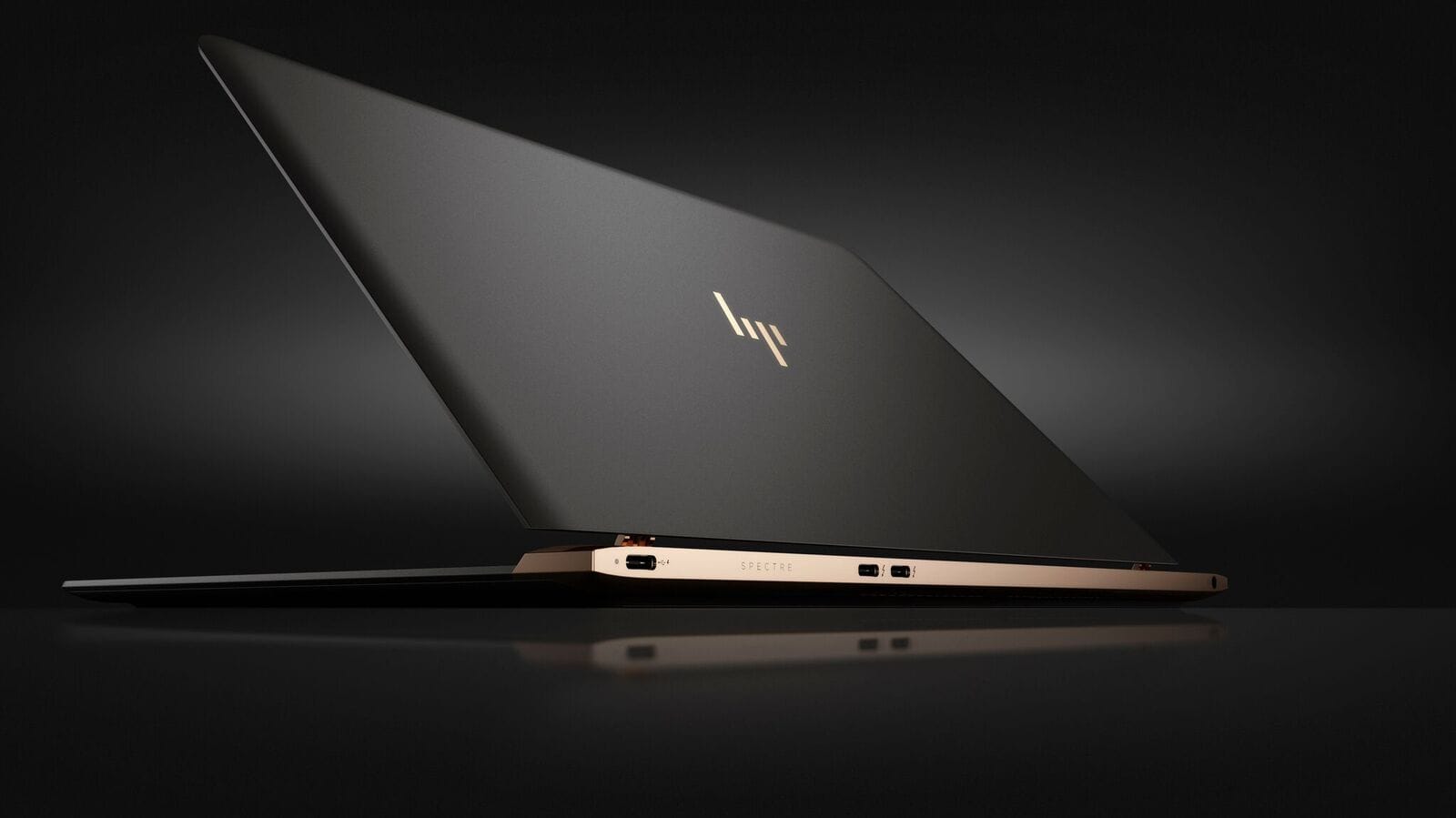
The Spectre marks a return to form for HP. It is slimmer than the 2016 Apple MacBook, with a great keyboard and three USB-C ports. HP didn’t skimp on the power either, inside is a full Intel Core i processor.
This is the best Windows laptop so far this year. It will take some beating. What you don’t get for the NZ$2500 and up asking price is a touch screen. If you think you’ll miss that, look at the Surface Pro or the Elitebook.
Dell XPS 13 Touch
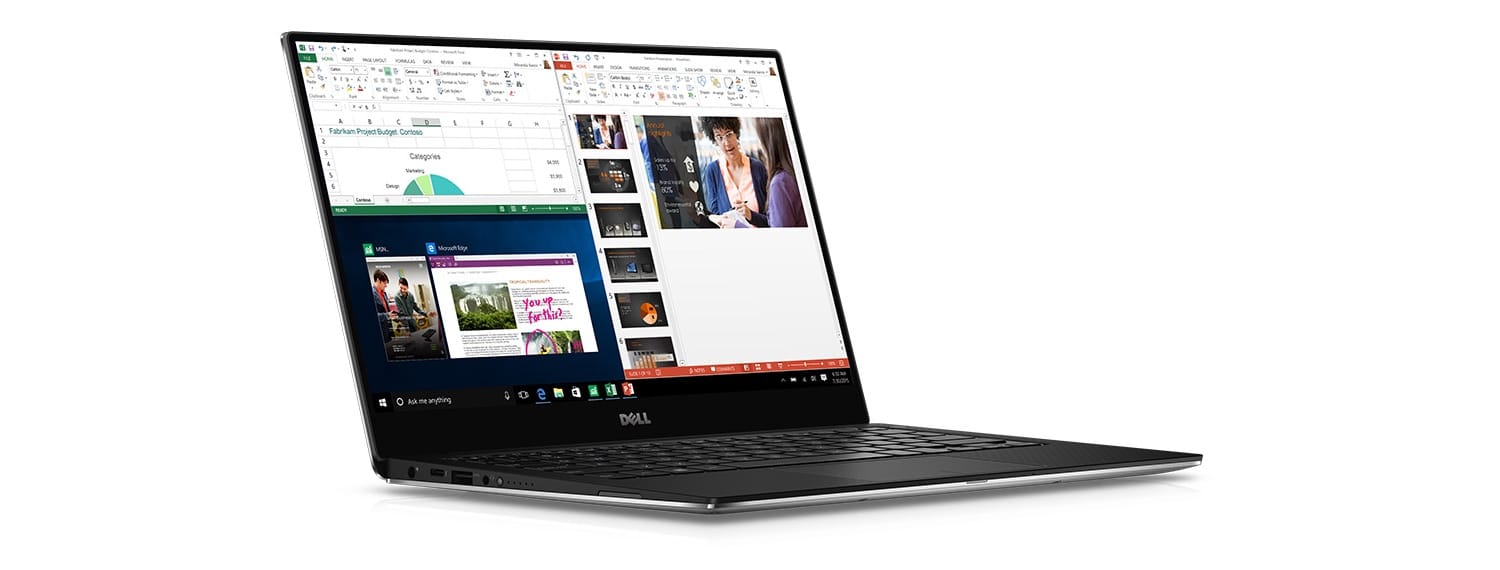
If you like a touch screen on a Windows laptop, Dell’s XPS 13 Touch should be on your list. Prices start at NZ$2800. For that money you get a dazzling 13.3-inch quad HD+ display along with a Core i7–5500U running at 2.5 GHz. That’s a lot of power in a small package.
The remarkable thing about the screen is despite being 13.3 inches, the computer is the same size as other 12-inch models. Dell does this by almost doing away with the bezels. Also worth noting, the XPS has great battery life. It beats everything here except the Apple models.
2016 Apple MacBook

Not everyone wants a Windows ultraportable. Apple may be about to retire the MacBook Air that started the ultraportable trend. So if you want a non-Windows machine it’s this or the iPad Pro.
The 2016 MacBook is thin and so light you may forget you’re carrying one in your bag. It has a great keyboard and a wonderful Retina display. Apple built a new keyboard for the MacBook. It isn’t everyone’s taste, but in practice, this is a wonderful machine to work with. Prices start at $2400.
Microsoft Surface Pro 4
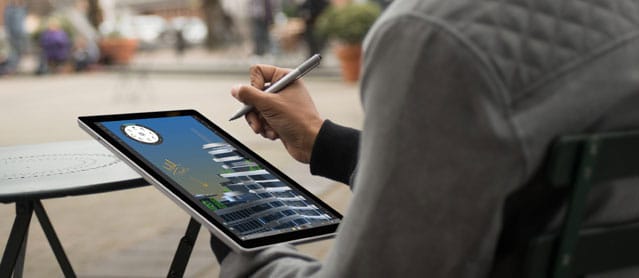
Microsoft had a few goes at getting its laptop-PC hybrid right. This fourth-generation device got there in the end after a few firmware teething troubles. The result is well worth the wait. For Windows fans it is close to a dream machine being as coupled to its software as an Apple computer. A Microsoft operating system never felt this good.
Prices start at NZ$1600 plus another $240 for the type cover. Most people would be better off skipping the underpowered Core m3 entry-level model and getting a Core i model. Prices go all the way to a nosebleed NZ$4900 for a 1TB Surface Pro 4 with a Core i7 processor and 16GB Ram.
HP Elitebook Folio G1
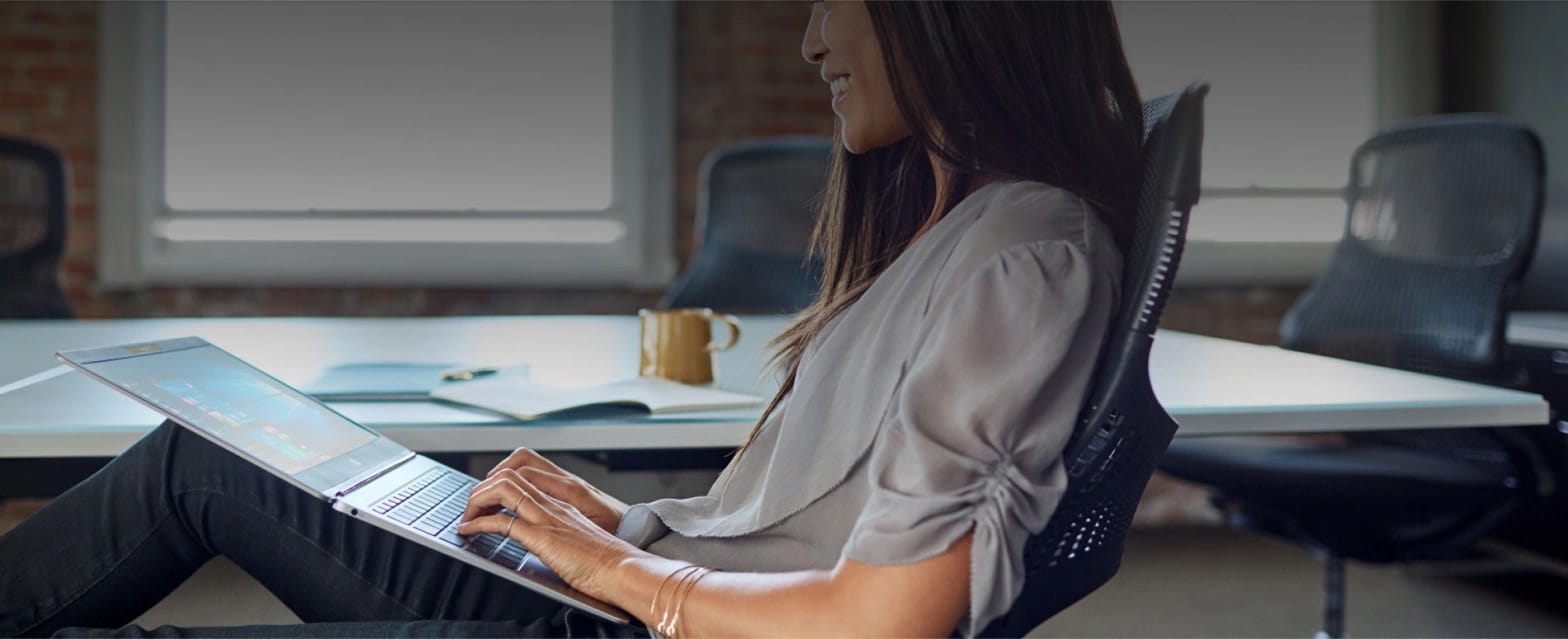
HP’s made-for-business ultrabook is a touch more conservative looking and thicker than the Spectre. Yet it is still a powerhouse on the inside. The Elitebook has corporate features like Intel vPro support. It also folds back to a 180 degree position for laptop work.
There’s still the minimal aesthetic and only two USB-C ports. It comes in four configurations with an NZ$2600 non-touch screen model under-pinning the range. Spend $3700 and you get a the top of the line model. It has an ultra-high definition (UHD) touch screen with 3840 by 2160 pixels, an Intel Core m7 processor, 8GB of Ram and a 512GB solid state drive.
Apple iPad Pro 12.9
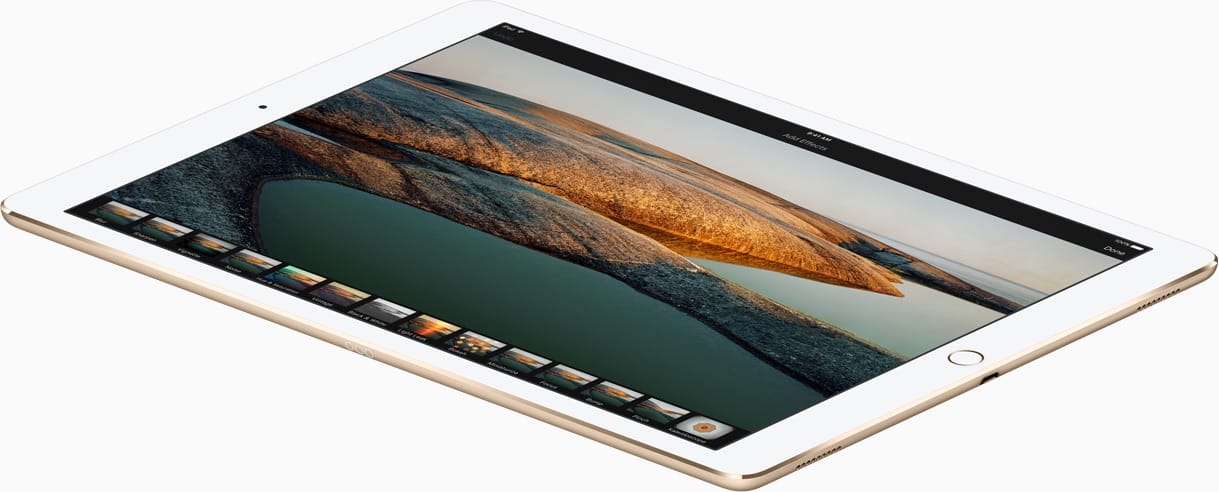
The 12.9-inch iPad Pro isn’t a true 2016 model, it appeared late last year. It also differs from the rest of the pack because it isn’t a laptop. It’s less of a laptop than the Surface Pro; a tablet with an optional keyboard.
While not for everyone, it does most of the work the other devices here can do and does many of them well, some better. Fans swear it replaces traditional computers, although it’s not good at dealing with complex file system problems.
Prices start at NZ$1400 and go all the way to $2180 for a Sim card version with 256 GB of memory. You’ll need to find another $320 for the keyboard and, maybe, $190 for the Apple Pencil.
Member discussion